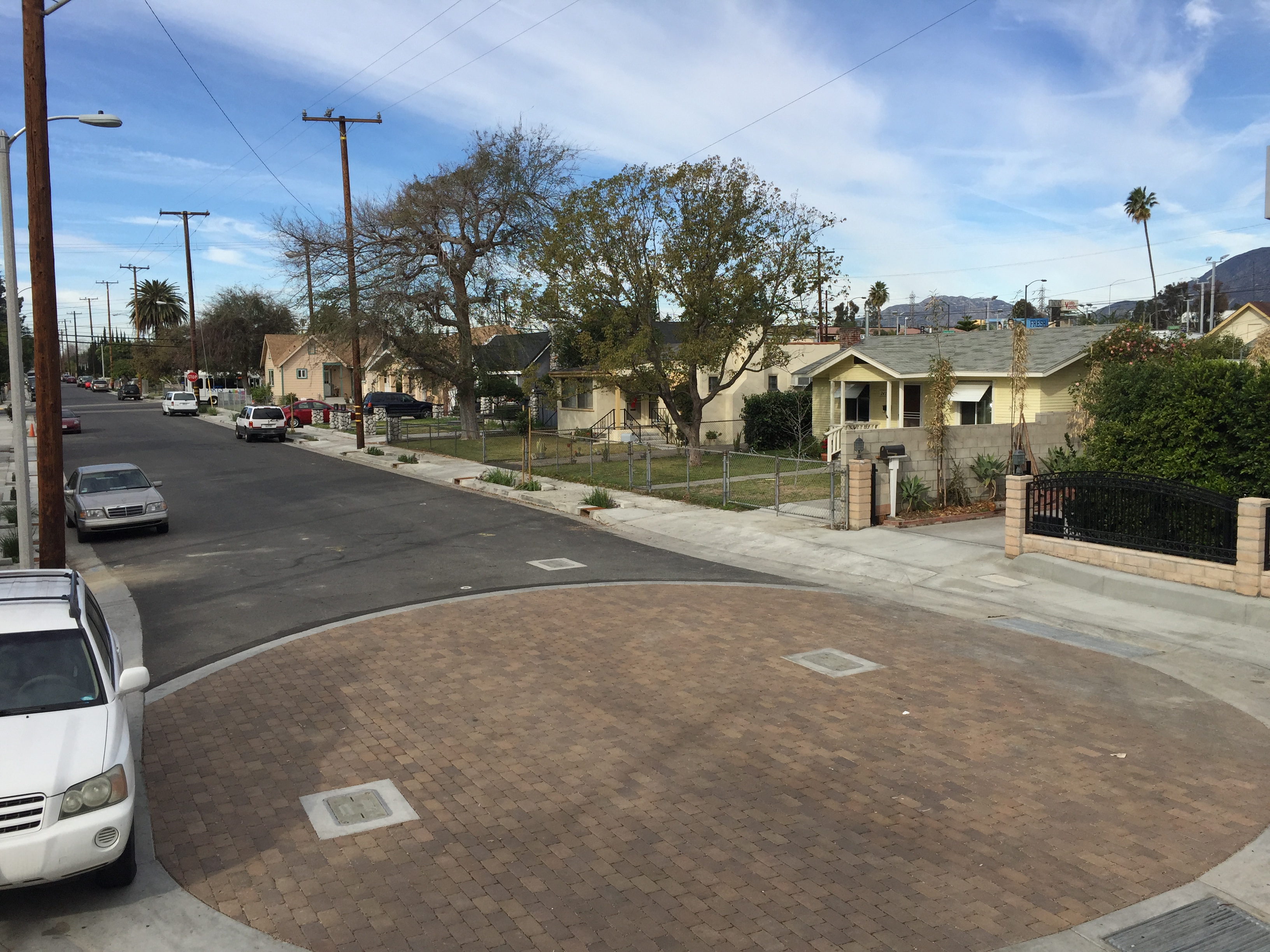The Headworks Replacement project is unique among other water/wastewater projects in many ways including its size, complexity, criticality, and high risk. The quality of the design and implementation of the project was also evident by tightness of the bids received and low change order rate.
SIZE
The new 340 mgd headworks facility is one of the largest in the country as OCSD is the third largest wastewater system west of the Mississippi River. The enormous scale of this project can be illustrated with some interesting facts:
•Construction of the new headworks required 200,000 cubic yards of soil excavation (the equivalent of two football fields dug 60 feet deep).
•The proximity of the project site to the ocean and the Santa Ana River resulted in the need to dewater approximately 1 billion gallons of water over a 24-month period.
•The reinforced concrete structures were constructed from 42 feet below grade to 55 feet above grade. Approximately 50,000 cubic yards of concrete was placed.
•The project added 330 new process electrical loads that can draw up to 12,000 hp of electrical power.
•Three 2,000 KW standby generators were added in order to support the vital processes during a power outage.
•The construction crews on the project enlisted 70 to 200 skilled workers at a time.
COMPLEXITY
One of the major challenges of this project was how to intercept the five major trunk sewers entering the plant and connect them to the new headworks facility. These trunk sewers range in size from 78-inches to 108-inches diameter. Since bypass pumping was impractical because of the high flows and high risk, a concept to construct junction boxes around the live pipes and make live tie-ins was developed during design and implemented during construction. This also required operating both the existing and new headworks facilities for an extended period of time until all influent and effluent connections to the new headworks were completed, and the existing headworks could be decommissioned and demolished at the end of the project.
The live tie-in process for each trunk sewer was successfully completed during the few hours of low flow in the early morning. The sequence for completing one of these tie-ins is depicted in the “Junction Box Tie-in” PDF attachment included in the Additional Information Section. A unique feature of each junction box is a precast concrete insert that was designed to provide a smooth flow path and minimal headloss through the box. It was installed in the box after removal of the pipe and the space around it was filled with grout. The first such tie-in was on a 96-inch trunk sewer and was completed in a way that allowed approximately 80 mgd of sewage flow to be either diverted to the new headworks or continue to be routed to the existing headworks facility. This was key to allowing extensive testing of the new headworks equipment including electrical and control systems in a fail-safe mode before permanently routing flow to the new headworks.
Diversion of the five influent trunk sewers had to be completed one at a time, over a period of several months as each tie-in significantly increased flow to the new headworks. Connection of pipelines carrying flow out of the new headworks to the downstream facilities had to be coordinated with influent tie-ins to maintain balance of hydraulic capacity in and out the new and existing headworks facilities, both of which were processing part of the flow (refer to “Tie-in Sequence” PDF attachment included in the Additional Information Section).
Other complexities of the project included:
•The majority of the work was completed within the oldest, most congested, and least documented area of the plant which required close coordination between OCSD, Carollo and the contractor and development of quick, innovative solutions to deal with unforeseen conditions.
•Temporary odor control facilities were required to prevent odor emissions during construction and start-up of new facilities.
•Additional design and construction difficulties are discussed under “obstacles” in the response to the next question.
CRITICALITY AND HIGH RISK
Because all flow entering the plant must pass through the headworks facility, it must remain in service at all times with sufficient reliability. The consequences of a failure at the headworks would be catastrophic and could result in flow backups and raw sewage spills in city streets. To manage risk during construction, the design phase included special workshops to develop a risk management plan; detailed construction sequencing plan; comprehensive testing, commissioning and start-up plan; and multiple constructability reviews. As stated by General Manager Jim Herberg, “The new headworks facility is one of the most important pieces of infrastructure in Orange County. This large and complex project required management of multiple risks during construction, and keeping the plant running during construction was like performing open-heart surgery on our treatment facility.”
Some of the greatest construction challenges occurred after the main process areas were constructed and passed the initial testing. The functionality of many of the process units such as screenings and grit equipment, could only be proven using high flow rates of actual raw sewage. To manage the risk of potential problems encountered during testing, the sequencing plan included the ability to divert flow back to the existing headworks if necessary. Only after all of the trunk sewers were diverted and the new headworks facilities fully tested at the rated capacities could the old headworks facility be demolished and the remaining site work completed.
QUALITY OF THE DESIGN
Despite the size and complexity of the project, all bids received were within a very tight range. In fact, the three lowest bidders were all within 1% of each other ($192.3M, $193.4M and $194.1M). This is a tribute to the clear and thorough bid documents. The District had properly budgeted for this project as the low bid came in 8% below the engineer’s estimate.
The final construction cost was $199,250,000 which was within OCSD’s budget for the project and only 3.6 percent above original bid price. The cost increase above bid price was primarily due to unknown conditions encountered at this congested “old” part of the plant and design changes and enhancements. Due the long duration of this project from start of design to completion of construction (approximately 11 years), several changes and enhancements to the project were incorporated during construction to reflect current wastewater practices and OCSD’s latest design standards to improve safety and efficiency. Working closely with the contractor, the construction management and design teams were successful at incorporating changes and project enhancements during construction while keeping the project cost well within OCSD’s budget. |

